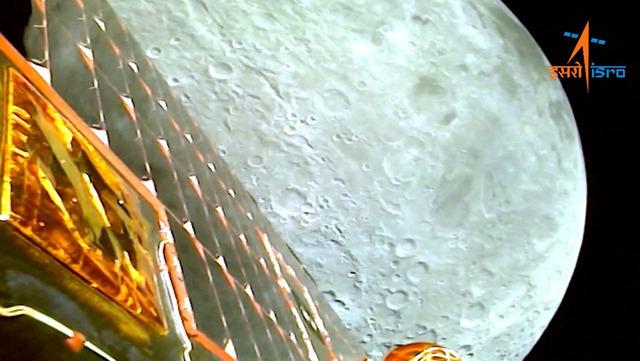It was reported that Chandrayaan-3, which India sent into space on July 14 to examine the south polar region of the Moon, made a successful landing on the Moon on August 23.
With the successful landing of the Chandrayaan-3 space exploration vehicle, India became the fourth country to make a soft landing on the Moon after the USA, the former Soviet Union and China, and the first country to make a soft landing near the South Pole of the Moon.
The space exploration vehicle, weighing approximately 3.9 tons and consisting of a landing platform and rover modules intended to examine the surface of the Moon, will operate for 14 days after landing at the south pole of the Moon, an unexplored region where scientists believe that it may contain significant reserves of frozen water and valuable elements. It was explained.

According to the news of TRT Haber; The rover spent more than a week collecting data from the lunar surface.
On September 2, the Vikram lander and the Pragyan rover went into hibernation mode for protection after temperatures dropped to minus 250 degrees Celsius on the Moon.
Scientists at the Indian Space Research Organization (ISRO) said they were confident that the spacecraft would be able to withstand extreme conditions and would wake up around September 22, being exposed to sunlight again and its solar panels could recharge its batteries.
However, ISRO scientists have not been able to make contact with the robots since then and said “hopes are diminishing” for their revival.
THE CHANCE OF SURVIVING IS AROUND 50 PERCENT
According to scientists, the devices have around a 50 percent chance of withstanding freezing temperatures.
“Efforts to communicate with the Vikram lander and Pragyaan rover will continue,” ISRO said via X on Friday, but no official statement has been made since then.
ISRO said it will continue efforts to contact the spacecraft by September 30, when the next lunar sunset is scheduled.
